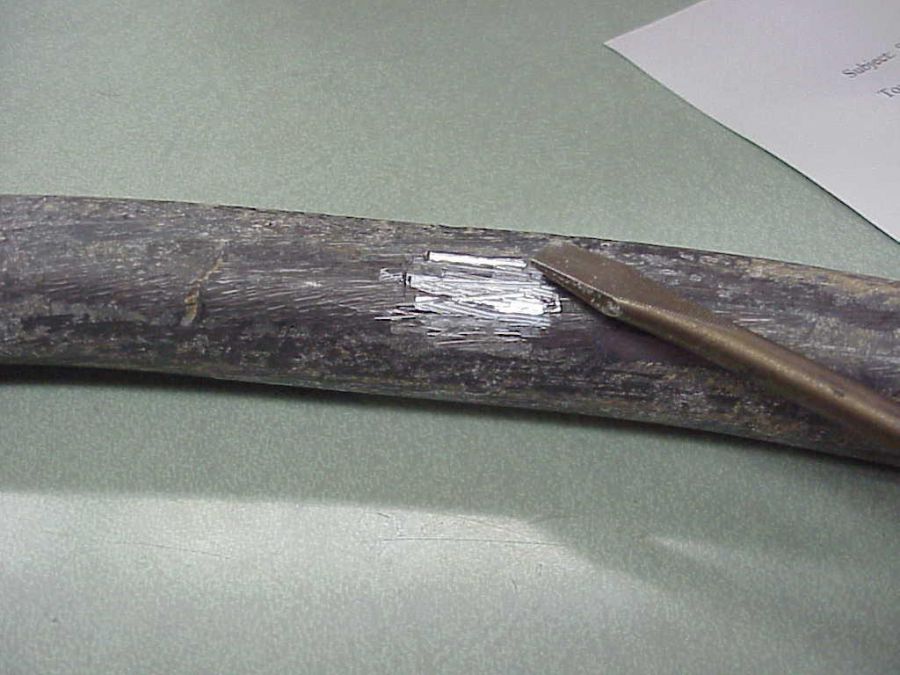Lead in water: What you should know
In the early part of the 20th century, it was common practice to use lead pipes to connect homes and businesses to water mains under the street. Madison Water Utility's Lead Service Replacement Program has helped thousands of property owners replace their lead services with much safer copper. However, lead water services are still occasionally discovered in Madison. Lead can also be found in interior pipes, old solder and some plumbing fixtures.
Identifying a lead service pipe
Tools needed: flathead screwdriver, refrigerator magnet

- Locate the water service pipe coming into the building (usually in the basement). An "inlet valve" and the water meter are installed on the pipe after the point of entry.
- Identify a test area on the pipe between the point where it comes into the building and the inlet valve.
- If the pipe is covered or wrapped, expose a small area of metal.
- Use the flat edge of a screwdriver or other tool to scratch through any corrosion that might have built up on the outside of the pipe.
Lead Pipe
If the scratched area is shiny and silver, your service line is lead. A magnet will not stick to a lead pipe. If you have a lead water service, you may be eligible to receive a rebate covering half the cost of replacement up to $1,500 through our Lead Service Replacement Program.

Copper Pipe
If the scratched area is copper in color, like a penny, your service line is copper. A magnet will not stick to copper pipe.
.
Galvanized Steel Pipe
If the scratched area remains a dull gray, and a magnet will stick to the surface, your service line is galvanized steel.

Lead in drinking water
Lead can also be found in interior pipes and some plumbing fixtures. If you don't know whether your tap water contains lead, you should have the water tested by a certified lab. Proper sampling is required to obtain a valid result. (Note: A single test for lead level in drinking water may not be representative of the level at all times or of the average level over time.)
You can contact the one of the following certified laboratories to get lead sampling procedure information:
- State Lab of Hygiene, 2601 Agriculture Drive, Madison, WI 53707, Call (608) 224-6202
- Public Health-Madison & Dane County, 210 Martin Luther King, Jr. Blvd., Madison, WI 53709, call (608) 266-4821
If your lead water service has recently been replaced or if there are other sources of lead in your internal plumbing and fixtures, here are steps you can take to reduce your exposure:
- Always flush plumbing before using water for drinking, cooking, or preparing infant formula. Let the water run from a cold-water tap until you feel a noticeable drop in its temperature, then run for another 30 seconds.This process replaces water in the house plumbing and service line with water from the water main.
- Never use water from the hot water tap for drinking, cooking or preparing infant formula. Use water from the cold water tap and heat on the stove or in the microwave.
- Regularly remove faucet aerators and clean them, removing any particles caught in the screen.
- If you have a water filter certified to remove lead (plumbed-in, tap-attached, or pitcher-type), replace the filters frequently, at least as often as the manufacturer recommends.
- If you buy a water filter, be sure it is approved to remove lead, and be sure to operate it and maintain it according to manufacturer specifications.
- Take to and follow the advice of your physician or your child's pediatrician about lead hazards and blood lead levels.
Find more information about the risks of lead poisoning and other potential sources of lead in the home at Public Health Madison Dane County.
